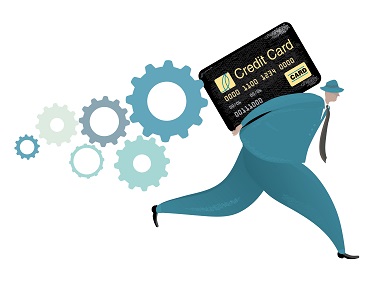 Cash is critical for every enterprise. One of the time-honored principles of managing cash flow is to speed up collections and slow down payments. It makes sense to make payments no sooner than you have to, unless there's a benefit such as a discount for early payment.
Cash is critical for every enterprise. One of the time-honored principles of managing cash flow is to speed up collections and slow down payments. It makes sense to make payments no sooner than you have to, unless there's a benefit such as a discount for early payment.
Accounts payable (A/P) teams have historically used check float to slow down payments, but with today's low interest rates and fast processing times, the financial advantages of check float have all but evaporated. Some companies have turned instead to credit card float. However, low interest rates undercut the potential financial advantage of this strategy as well. For example, at current rates, losing the interest earnings from 14 days of float on a $3,000 payment amounts to $0.58—$3,000×0.50%×(14÷365). Even for a company that borrows working capital at prime plus 1 percent, that's still just $4.89 on the same payment—$3,000 ×4.25%×(14÷365).
Why, then, does the attachment to float persist? One reason is that the strategic importance of managing float was drilled into every accounting graduate's head for about 30 years. Most treasury professionals realize that the benefits are less compelling in low-interest-rate environments, but they might feel negligent in their jobs if they didn't try to optimize the timing of payments. Another reason is the enduring appeal of using other people's money. Float is basically cash you don't have to come up with right away, and that seems strategic.
Complete your profile to continue reading and get FREE access to Treasury & Risk, part of your ALM digital membership.
Your access to unlimited Treasury & Risk content isn’t changing.
Once you are an ALM digital member, you’ll receive:
- Critical Treasury & Risk information including in-depth analysis of treasury and finance best practices, case studies with corporate innovators, informative newsletters, educational webcasts and videos, and resources from industry leaders.
- Exclusive discounts on ALM and Treasury & Risk events.
- Access to other award-winning ALM websites including PropertyCasualty360.com and Law.com.
*May exclude premium content
Already have an account? Sign In
© 2024 ALM Global, LLC, All Rights Reserved. Request academic re-use from www.copyright.com. All other uses, submit a request to [email protected]. For more information visit Asset & Logo Licensing.







